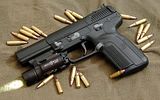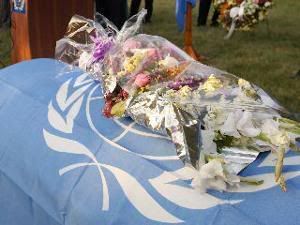Transparency International, an international corruption watchdog has released a damning list of 180 nations, ranking each in order of most corrupt to least corrupt. Nations were assigned numerical orderings, based on criteria culled from ‘general impressions’ in business and political communities and incidences of published corruption. The results of the Study, the CPI (Corruptions Perception Index) placed Afghanistan as one of the most corrupt nations in the world, second only to Somalia.
Ranking nations on a scale of zero to ten, with zero being the most corrupt possible, the study accrues data from international economic institutions and compiles them into a central report. Burma, Sudan and Iraq were close behind. Even after thousands of lives lost in the establishment of peace, good government and rule of law in Afghanistan, the country is still immensely corrupt by international standards.
Some of the reasons are cited as governmental corruption, money laundering, tacit support of the opium trade and influence peddling. A blog at transparency international’s homepage also cites the multi-billion dollar projects of American defence contracting companies as heavily corrupt, further dragging the nation down in the rankings.
Sources:
Transparency International- Corruption Perceptions Index 2009: What does a number mean to you?
Turkish Weekly – Afghanistan, Iraq Rated Among Most Corrupt Nations
Reuters – Afghanistan sinks in new corruption ranking
.jpg)



